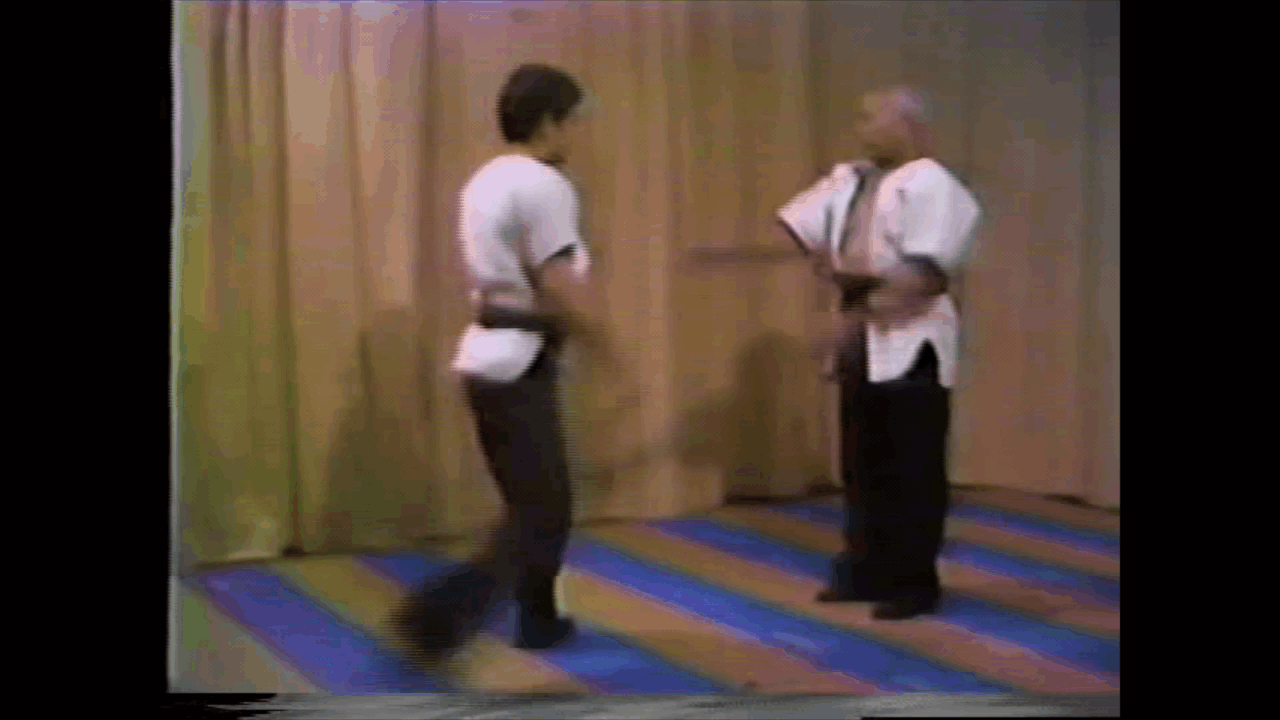A skilled fighter can adapt and make any method effective.
A proven method can provide an advantage to a less skilled fighter, offering them a chance to improve and succeed.
Throughout China's history, various fighting styles have evolved and diversified.
These styles have been developed and refined over time, resulting in the wide range of CMA we recognize today.
Many of these styles were formalized and standardized in China's rich martial arts history.
Checks and balances ?
The OP's title "Do you agree with his Taiji application?"
Depends on one's purpose of practice.
What are called "Martial Arts" are not used in modern warfare.
The judgment for some is in the "ring"
For others it's the method and type of power used or the historical lineage and
practices used in preservation of the style / method.
One could look at what type of power was used, is the method reflective of the training.
is the method reflective of principles claimed by the method as practiced historically..
For myself, I look at what is trained, what is used, regardless of effectiveness or low or high percentage.
Whether I agree with it or not.
Method, Training, and usage
In CMA, often what is trained is not used as trained.
A common saying in the 70s /.
Should it be ?
Even with adaptations to the ring, one should still see the root of the training method.
Examples of historical training methods adapted to realities of the ring..
power training
Chin Shifu, coaching some of his fighters

